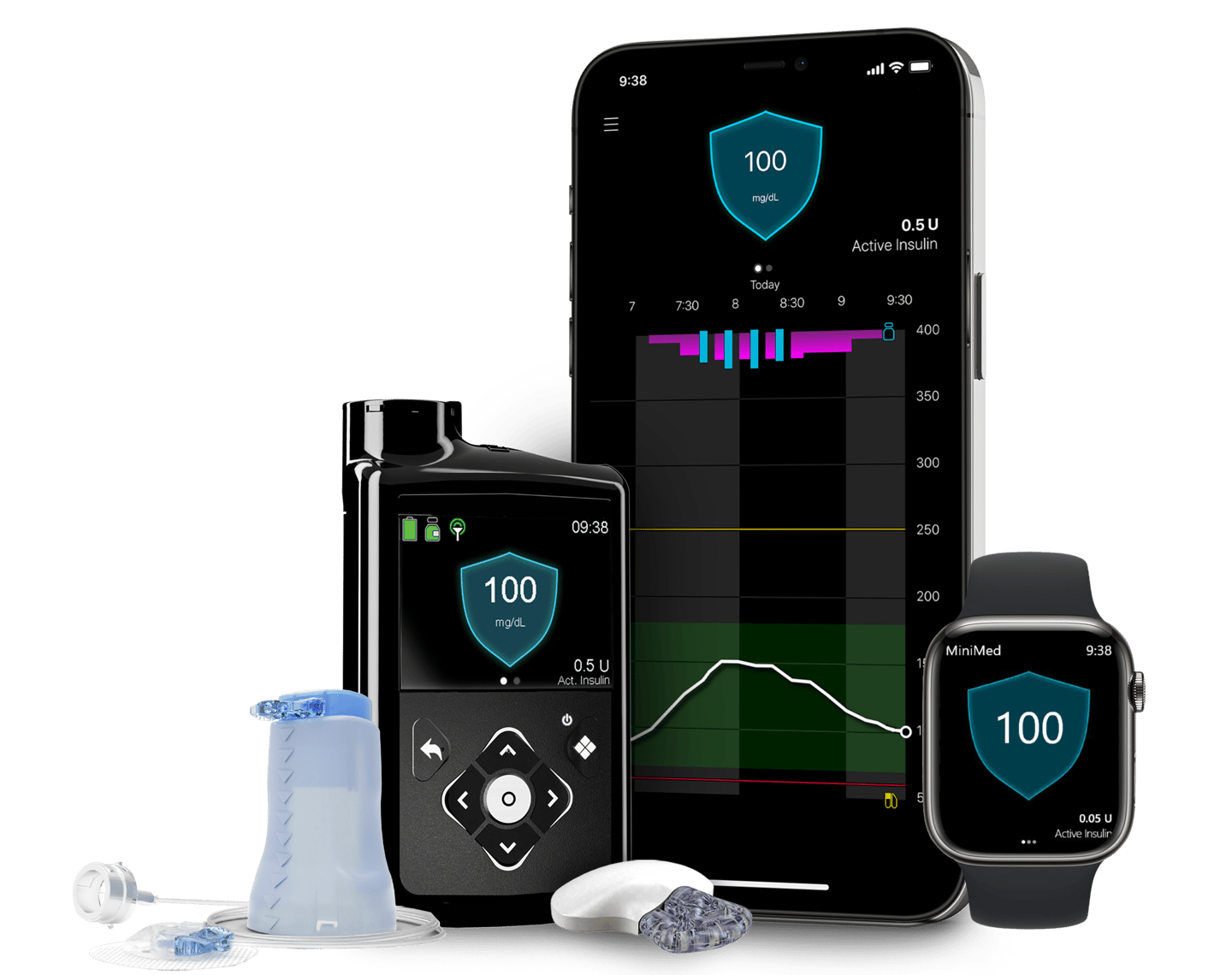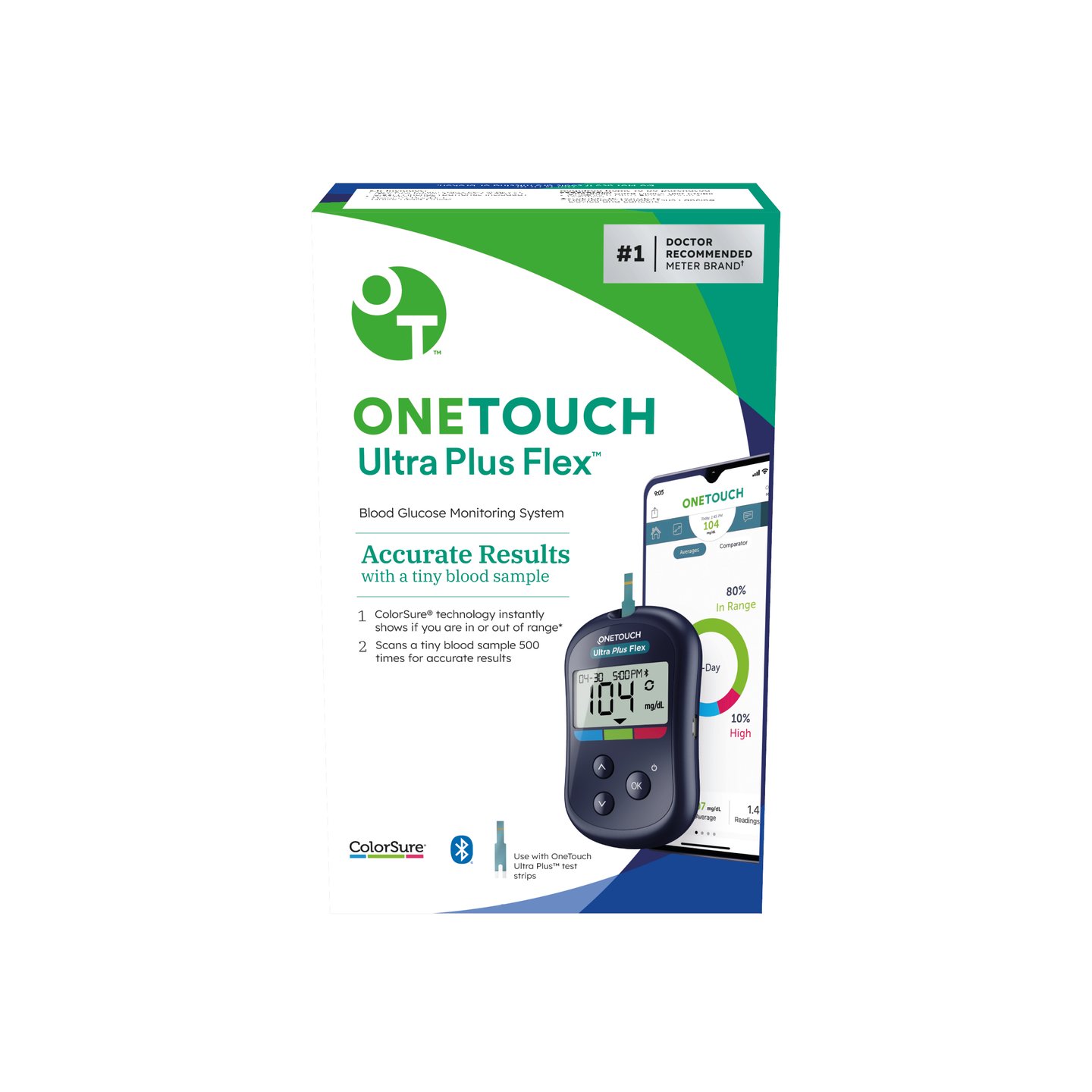Diabetes care tunes in to technology
When it comes to chronic diseases, diabetes ranks among the most prevalent. According to the Washington-based Association for Diagnostics & Laboratory Medicine, the disorder impacts approximately 37.3 million people in the United States alone.
Although diabetes can be divided into two different diseases—type 1 (insulin-dependent diabetes mellitus) and type 2 (non-insulin dependent diabetes mellitus), type 2 is far more common. It accounts for 90% to 95% of cases, the Centers for Disease Control and Prevention stated. If not managed carefully, however, both types of diabetes can lead to other serious conditions. In fact, diabetes increases the risk of heart attacks, stroke, vision loss, kidney disease and more, ADLM noted.
[Read more: Diabetes education is crucial]
A Long Wish List
It’s critical, therefore, that people with diabetes have access to effective tools for monitoring and managing their blood glucose levels. And their collective wish list of attributes making up that “effectiveness equation” is quite long.
“Surveys we’ve conducted and our day- to-day work show that people with diabetes value ease of use, accuracy, reliability, support for tracking the data they need every day to stay on top of their management—carbs, blood glucose, HbA1c, etc.—affordability, access [and] help that’s there when you need it,” said Matt Jewett, senior vice president and general manager for Indianapolis-based Roche Diabetes Care, U.S., which offers the Accu-Chek diabetes-care lineup.
Diabetics tend to live busy lives, just like everyone else, he noted. That reality is driving many of those wants and needs. Although they need to manage their condition on a daily basis, people with diabetes “don’t want to think about it all day.” They appreciate anything that can ease the stress and anxiety associated with their condition and everyday life.
[Read more: Enhancing diabetes prevention and care services]
Rudy Thoms, senior vice president, continuous glucose monitoring commercial for Parsippany, N.J.-based Ascensia Diabetes Care U.S., agreed. “They want practical and intuitive tools that are flexible, easy to use and compatible with other aspects of their life and health care,” he said.
People with diabetes also want solutions to the issues they have with current diabetes management tools. For example, studies have shown that many diabetics end up with contamination or other issues when handling glucose strips, said Mike Tomasco, senior director of clinical affairs for Intuity Medical Inc., Fremont, Calif. And traditional blood glucose monitors are lifestyle disruptors for many people.
“Although newer options such as continuous glucose monitoring [CGM] address some of these barriers, not everyone is interested in CGM or has access to it. Consequently, fewer than 16% of people with diabetes use CGM,” Tomasco noted, citing U.S. diabetes statistics from the 2022 Seagrove Diabetes Blue Book. In line with trends that go across the health-care spectrum, digitalization and personalization also loom large on diabetics’ wish list.
“We live in an increasingly digital world, and people want insightful information immediately at their fingertips that can inform decisions about their individual health,” said Thoms.
Creating the Right Solutions
People with diabetes have spoken. And health care suppliers have listened, introducing new diabetes-management tools that address their wants, needs and frustrations.
One such new tool is the OneTouch Ultra Plus Flex meter from LifeScan. According to Katherine Voyten, head of marketing and e-commerce for the Malvern, Pa.-based company, the meter features LifeScan’s ColorSure technology to indicate high, low or in-range results.
It also connects with an app to allow diabetics to track patterns and share information with their medical teams.
“OneTouch Ultra Plus Flex is available without a prescription online or at retail because there is a growing demand of patients who are purchasing their products without a script,” Voyten noted. “The meter is priced under $25, and a month’s supply of strips is less than $20.”
And Ascensia recently added the Eversense E3 CGM system. Developed by the company’s partner, Senseonics, the system is designed “to overcome key fundamental technical barriers present in traditional CGM,” Thoms said. For example, it boasts 12 times the lifespan of a standard CGM.
“In addition to the consumer only needing to worry about replacing it every six months instead of every couple of weeks, the Eversense E3 also addresses the concern of unplanned replacements required when the CGM is knocked off,” Thoms explained. “The Eversense E3 makes this possible by replacing the wired connection between the sensor and the body-worn device used in traditional CGMs with wireless communication, allowing the sensor to remain undamaged in the event of a knock-off.”
Speaking of modern CGM systems, Abbott introduced the FreeStyle Libre 3 system last year. According to Sara Giaimo, PharmD, a pharmacist in Abbott’s Alameda, Calif.-based U.S. Diabetes Care business, it is “the first and only CGM system to demonstrate a sub -8%” mean absolute relative difference, a reflection of its high accuracy. And Abbott is investing in additional innovation on the diabetes front.
“To that end, we’re developing a first-of-its-kind system for people with diabetes that will combine both glucose- and ketones-sensing capabilities into a single sensor,” Giaimo noted. “It will be a breakthrough for people with diabetes, especially those with type 1 diabetes who are at risk of developing diabetic ketoacidosis, a serious and sometimes fatal complication.”
For its part, Intuity Medical debuted what Tomasco calls “an entirely new blood glucose-testing category.” Called POGOAutomatic,it’sanFDA-cleared blood glucose-monitoring system that features 10-test cartridge technology, which eliminates the requirement for separate lancets and glucose strips.
“With the POGO Automatic monitor and cartridges, all patients have to do is click the cartridge door open, pop the multi-test cartridge into the monitor and close the cartridge door,” he explained.
Patients can put their POGO Automatic in their purse, pocket or whatever they choose and easily take it with them when they are out with friends, at work or running errands.”
Modern technology is improving insulin delivery, too. The new MiniMed 780G system from Medtronic is designed “to bring back the enjoyment of mealtimes” by eliminating the stress and other negatives associated with carb counting, blousing and more, noted Ali Dianaty, senior vice president of product innovation and operations for Medtronic Diabetes, Northridge, Calif. The system features Meal Detection technology, which provides automatic adjustments and corrections to sugar levels every five minutes.
“This gets ahead of highs and lows so individuals experience less interruptions throughout their day,” Dianaty explained, “getting them closer to how a healthy pancreas functions and pushing diabetes further into the background.”
Be a Diabetes Advocate
Effective technology that meets the wants and needs of today’s diabetics is critical. But drug stores also can play an important role in helping people with diabetes manage their chronic condition. Their pharmacies, for example, could be “a gateway to better information and tools” tied to diabetes management, Tomasco noted.
“To educate their patients, pharmacists should be knowledgeable of the latest innovations and be willing to learn about what products in the marketplace are backed by clinical data, for example, improving ease-of-use issues,” he said. “It’s important that the pharmacist understands their patient’s lifestyle needs while being knowledgeable of the available products to make mindful recommendations.”
Visibility counts, too, when it comes to diabetes-care options. As Thoms pointed out, people become accustomed to certain technologies and might not have heard about more modern options that could be better tools in the diabetes arsenal.
“By making the breadth of options out there apparent, drug stores can also help to drive conversations around choice so that consumers can optimize their health care options,” he added. Drug stores could encourage the use of digital tools, too, that could help empower consumers in understanding and managing their condition, Jewett said.
“This is especially important considering that part of the burden for people with diabetes is keeping track of all the data that is necessary to inform therapy decisions,” Jewett said. “Connecting a blood glucose meter to apps such as mySugr that automatically tracks the measured glucose values can relieve the patient burden of collecting and analyzing daily data points while also contributing to improved diabetes management.”






